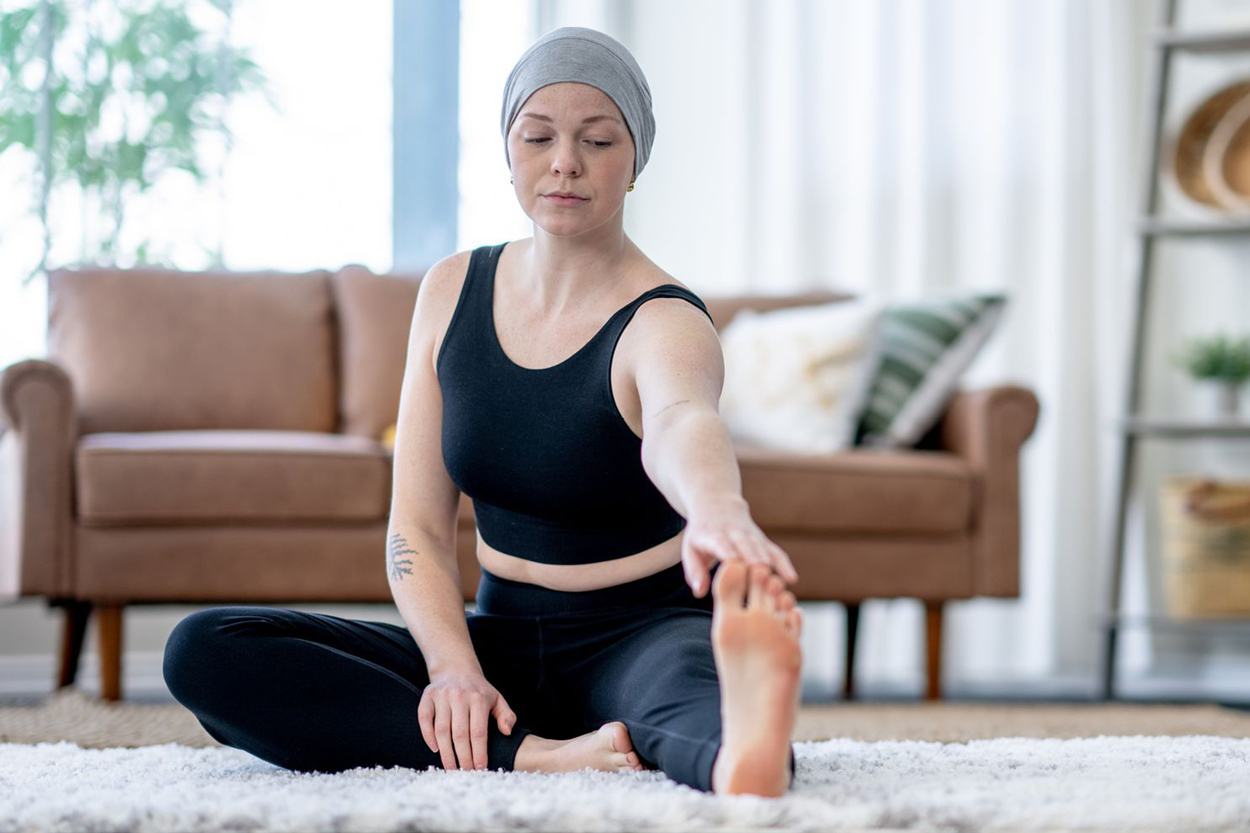Strategies for Rebuilding Physical Activity After Breast Cancer
Recovering from breast cancer involves not only emotional and mental resilience but also a careful reintegration of physical activity. Regular exercise is a powerful tool that can boost your mood, enhance your overall health, and reduce the risk of cancer recurrence. Rebuilding physical activity after treatment requires thoughtful planning and consideration, with physical therapy often playing a crucial role in this process. Here are some strategies to help you safely and effectively ease back into exercise.
Start with Physical Therapy
After breast cancer treatment, particularly if you’ve had surgery or radiation, your body may need more than just a gradual return to exercise—it may benefit from the specialized care that physical therapy provides. A physical therapist can help you address specific issues such as lymphedema, restricted movement, or pain, creating a personalized plan that supports your recovery. They can guide you through gentle, targeted exercises to restore strength and flexibility, ensuring that you progress at a pace that’s safe for your condition.
Begin Slowly
Your body may not be as strong as it once was after treatment, so it’s important to start with gentle exercises to avoid overexertion. Begin with low-impact activities like walking, stretching, or yoga. Your physical therapist can recommend appropriate movements that help you ease back into activity without risking injury.
Gradually Increase Intensity
As your stamina and strength improve, you can gradually increase the intensity and duration of your workouts. This approach helps prevent injury and allows your body to adapt to new levels of activity. Incorporate a mix of cardiovascular exercises, strength training, and flexibility exercises to promote overall fitness. Your physical therapist can help you modify exercises as needed, ensuring that you’re building strength without overloading your body.
Set Realistic Goals
Setting achievable goals is key to maintaining motivation and tracking your progress. Start with small, attainable milestones and gradually work your way up. Listen to your body, and don’t be afraid to adjust your goals based on how you’re feeling. Your physical therapist can work with you to set realistic objectives and measure your progress, offering support and encouragement along the way.
Incorporate Support Systems
Exercising with a friend, joining a support group, or continuing regular sessions with your physical therapist can provide encouragement and accountability. A workout buddy or therapist can make exercise more enjoyable and help you stay committed to your fitness routine. They can also offer reassurance if you’re feeling uncertain about your progress.
Track Your Progress
Keeping a journal or using a fitness app to track your workouts can help you monitor your progress and stay motivated. Record the types of exercises you do, the duration, and how you feel afterward. This can help you identify patterns, celebrate your achievements, and adjust your routine as needed. Your physical therapist may also track your progress during sessions, providing professional insight into your recovery journey.
Choose Activities You Enjoy
Engaging in activities you enjoy makes it easier to stay consistent with your exercise routine. Whether it’s dancing, swimming, hiking, or cycling, finding something that brings you joy will make physical activity feel less like a chore and more like a rewarding experience. Your physical therapist can help you find suitable activities that align with your interests while accommodating any physical limitations you may have.
Consult Your Healthcare Team
Before starting any new exercise regimen, especially if you’ve undergone surgery, chemotherapy, or radiation, consult with your healthcare team. They can provide guidance on what types of activities are safe and suitable for your current condition. Your physical therapist, in particular, plays a vital role in ensuring that your exercise plan is both effective and safe, considering any specific post-treatment needs.

